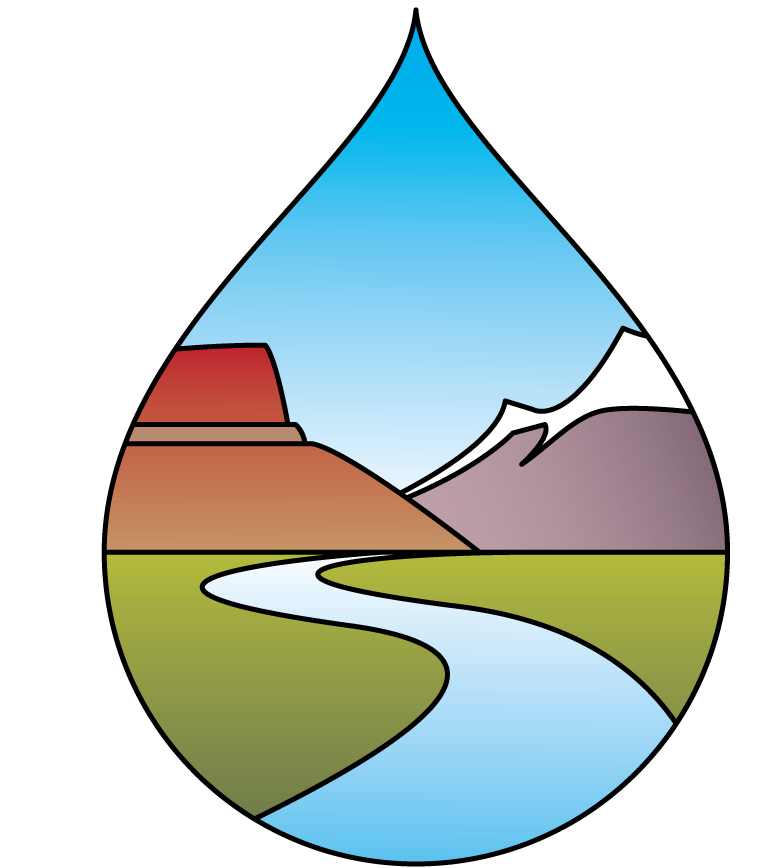The Water Data Exchange (WaDE) Program: Transforming Western Water Planning, Management, and Policy by
Sharing States Water Data Since 2011
Background
The Western States Water Council (WSWC) has long-supported water data programs at federal and state levels, advocated for increased funding for essential water science and monitoring data programs, and encouraged greater data-sharing and transparency among its members. The Water Data Exchange (WaDE) Program began in 2011 under a subcontract with the Western Governors Association (WGA), as a cooperative effort between WSWC and the Sandia National Labs, with funding from the Department of Energy made available under the American Recovery and Reinvestment Act (ARRA) of 2008. It was subsequently sustained with WSWC funds and in-kind support through participation from our member States that committed staff and resources, as well as sharing their water data, without which WaDE would not be possible. Other early funding came from the Environmental Protection Agency’s Exchange Network (EN), as well as funding from the Cynthia and George Mitchell Foundation, the Water Funders Coalition, and the Gordon and Betty Moore Foundation, through the Internet of Water and Duke University.
Why WaDE?
States allocate and administer rights to the use of water in the West and are therefore in the best position to provide data on water rights and water use. However, water rights, uses, and associated data are managed separately and distinctly by each state which makes regional analysis cumbersome. Analyses across regions and multi-state basins are becoming increasingly relevant, especially given the unprecedented drought and population growth that the West is experiencing. With changing and ever-greater demands on limited water resources, complicated by an increasingly complex overlay of federal laws and regulations, the importance of cooperative efforts and exchanges by and among states has likewise been magnified.
To address this challenge, the WaDE program created a database platform to streamline water rights and water use data into standardized and machine-readable formats. Making this data accessible enables users to answer regional and national questions about water availability, scarcity, and resilience in a cost-effective, sustainable, and consistent way.
The WaDE Program’s initial concept and creation phase (2011-2018) established working relationships with state agencies and created data-sharing protocols while building and populating a collaborative data management system. In its second phase (2019-2021), WaDE created a template for transforming disparate state water-related data systems into functional regional and cloud-based data systems with standards and metadata. Under this phase, WaDE has become one of the major data hubs within the Internet of Water project https://internetofwater.org/resources/hubs/. In addition, the WaDE metadata dictionary with its controlled vocabulary is considered the standard method for sharing state agency water use data between WaDE and the U.S. Geological Survey (USGS) Water Use Data Research (WUDR) Program (https://www.usgs.gov/mission-areas/water-resources/science/water-use-data-and-research-wudr-program).
What is the mission of the Water Data Exchange (WaDE) Program?
The WaDE Program is committed to assisting WSWC member states in publicly sharing water rights, allocation, supply, and use data through a common streamlined and standardized service that enables regional analyses to inform water resources planning and policies.
